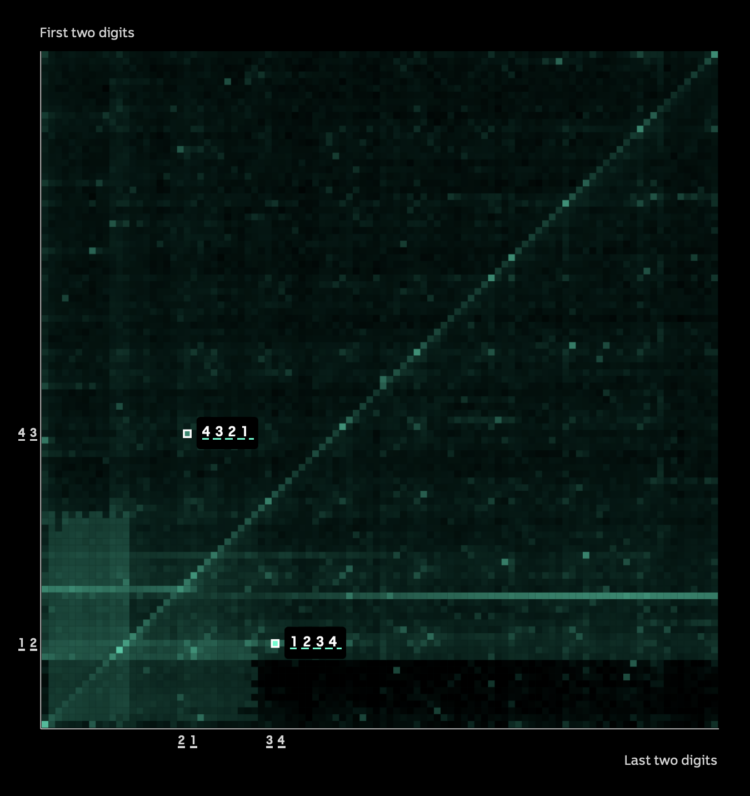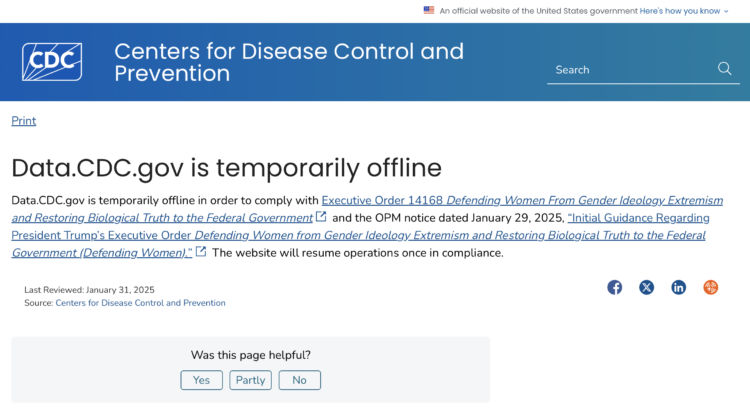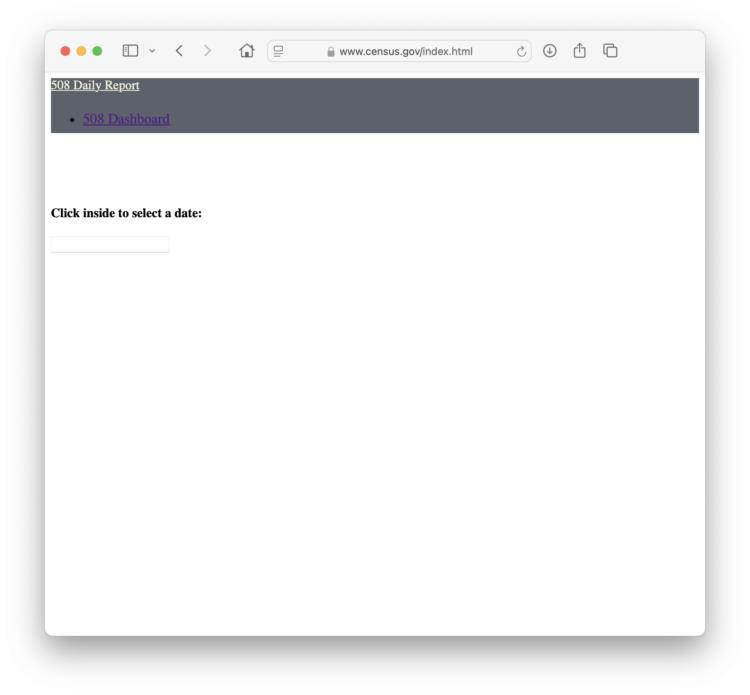Hank Azaria, who does the voices for many characters on The Simpsons, wrote an op-ed for The New York Times on craftsmanship and AI:
If A.I. tries to recreate one of my voices, what will the lack of humanness sound like? How big will the difference be? I honestly don’t know, but I think it will be enough, at least in the near term, that we’ll notice something is off, in the same way that we notice something’s amiss in a subpar film or TV show. When the exposition is clunky or there’s a bad bit of dialogue or a character says something that’s out of character — why would he say that if he was afraid? Why did she just announce her back story like that? Et cetera.
It adds up to a sense that what we’re watching isn’t real, and you don’t need to pay attention to it. Believability is earned through craftsmanship, with good storytelling and good performances, good cinematography and good directing and a good script and good music.
I hope he’s right, for all of our sakes.
For data analysis and visualization specifically, it’s getting easier to plug in data and get output that looks useful, but a closer look often shows something is off. Although you might not know it if you don’t work with data regularly. Quality control will be vital.















 Visualize This: The FlowingData Guide to Design, Visualization, and Statistics (2nd Edition)
Visualize This: The FlowingData Guide to Design, Visualization, and Statistics (2nd Edition)










